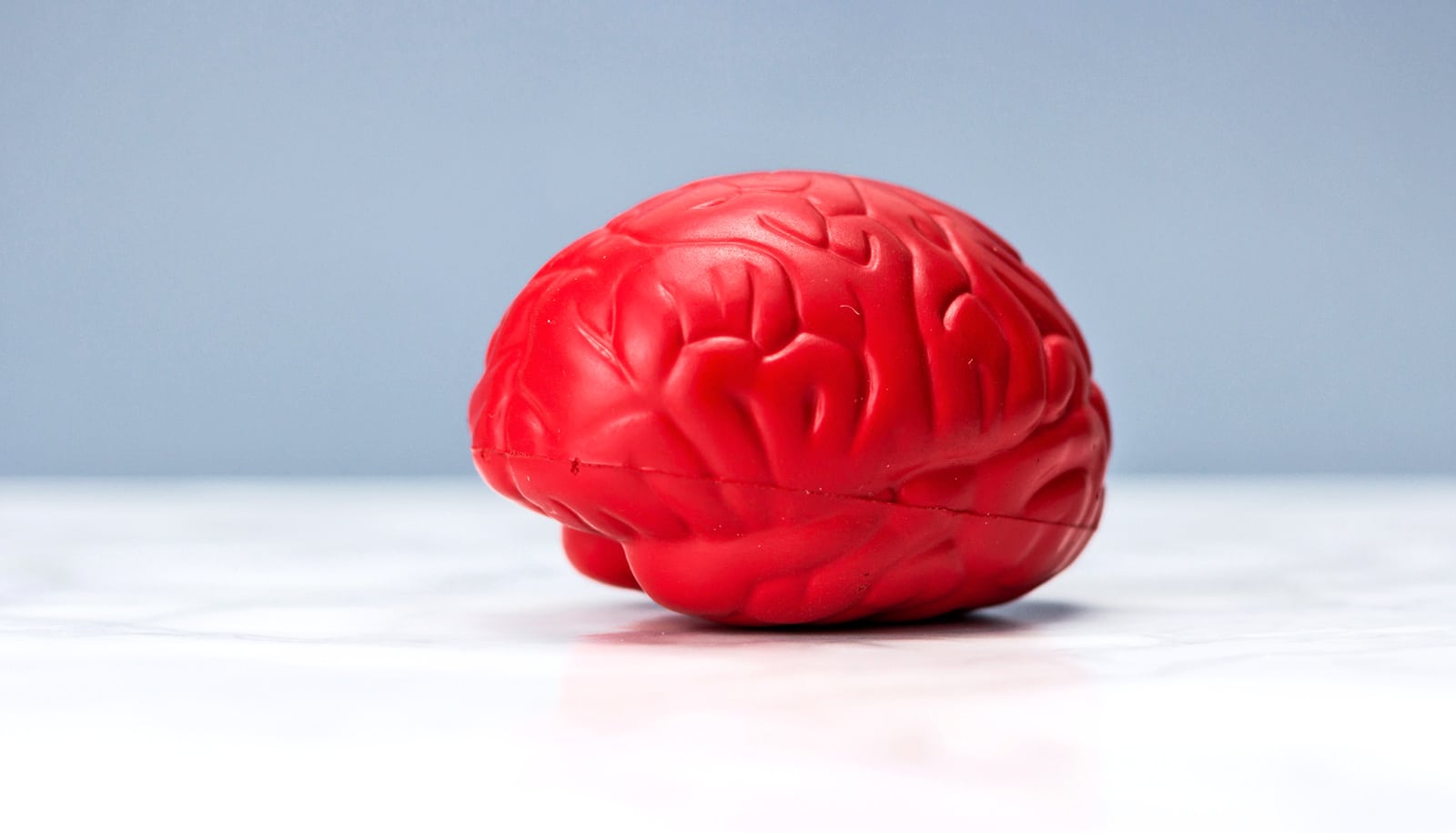A new approach to delivering therapeutics more effectively to the brain could have implications for the treatment of a wide range of diseases, including Alzheimer’s disease, Parkinson’s, ALS, and brain cancer.
Many promising therapies for diseases of the central nervous system have failed in clinical trials because of the difficulty in getting enough of the drugs into the brain to be effective.
This is because the brain maintains its own closed environment that is protected by a complex system of molecular gateways—called the blood-brain barrier—that tightly control what can enter and exit the brain.
“Improving the delivery of drugs to the central nervous system is a considerable clinical challenge,” says Maiken Nedergaard co-director of the Center for Translational Neuromedicine at the University of Rochester Medical Center (URMC) and lead author of the paper, which appears in JCI Insight. “The findings of this study demonstrate that the brain’s waste removal system could be harnessed to transport drugs quickly and efficiently into the brain.”
Plumbing system
A prominent example of this challenge is efforts to use antibodies to treat the buildup of amyloid beta plaques that accumulate in the brains of people with Alzheimer’s.
Because antibodies are typically administered intravenously, the entry of these large proteins into the brain is thwarted by the blood-brain barrier and, as a result, it is estimated that only two percent actually make it through.
The new research taps into the power of the glymphatic system, the brain’s unique process of removing waste that Nedergaard first discovered in 2012. The system consists of a plumbing system that piggybacks on the brain’s blood vessels and pumps cerebral spinal fluid (CSF) through the brain’s tissue, flushing away waste.
Nedergaard’s lab has also shown that the glymphatic system works primarily while we sleep, could be a key player in diseases like Alzheimer’s, and is disrupted after traumatic brain injury.
Drugs and viruses, too
In the study, the researchers took advantage of the mechanics of the glymphatic system to deliver drugs deep into the brain. In the experiments, which researchers conducted on mice, researchers administered antibodies directly into CSF. They then injected the animals with hypertonic saline, a treatment frequently used to reduce intracranial pressure on patients with traumatic brain injury.
The saline triggers an ion imbalance which pulls CSF out of the brain. When this occurs, new CSF the glymphatic system delivers flows in to take its place, carrying the antibodies with it into brain tissue. The researchers developed a new imaging system by customizing a macroscope to non-invasively observe the proliferation of the antibodies into the brains of the animals.
The method could be used to deliver large proteins such as antibodies into the brain, but also small molecule drugs and viruses used for gene therapies.
Additional coauthors are from the University of Rochester. The National Institute of Neurological Disorders and Stroke and the Department of Defense funded the work.
Source: University of Rochester


